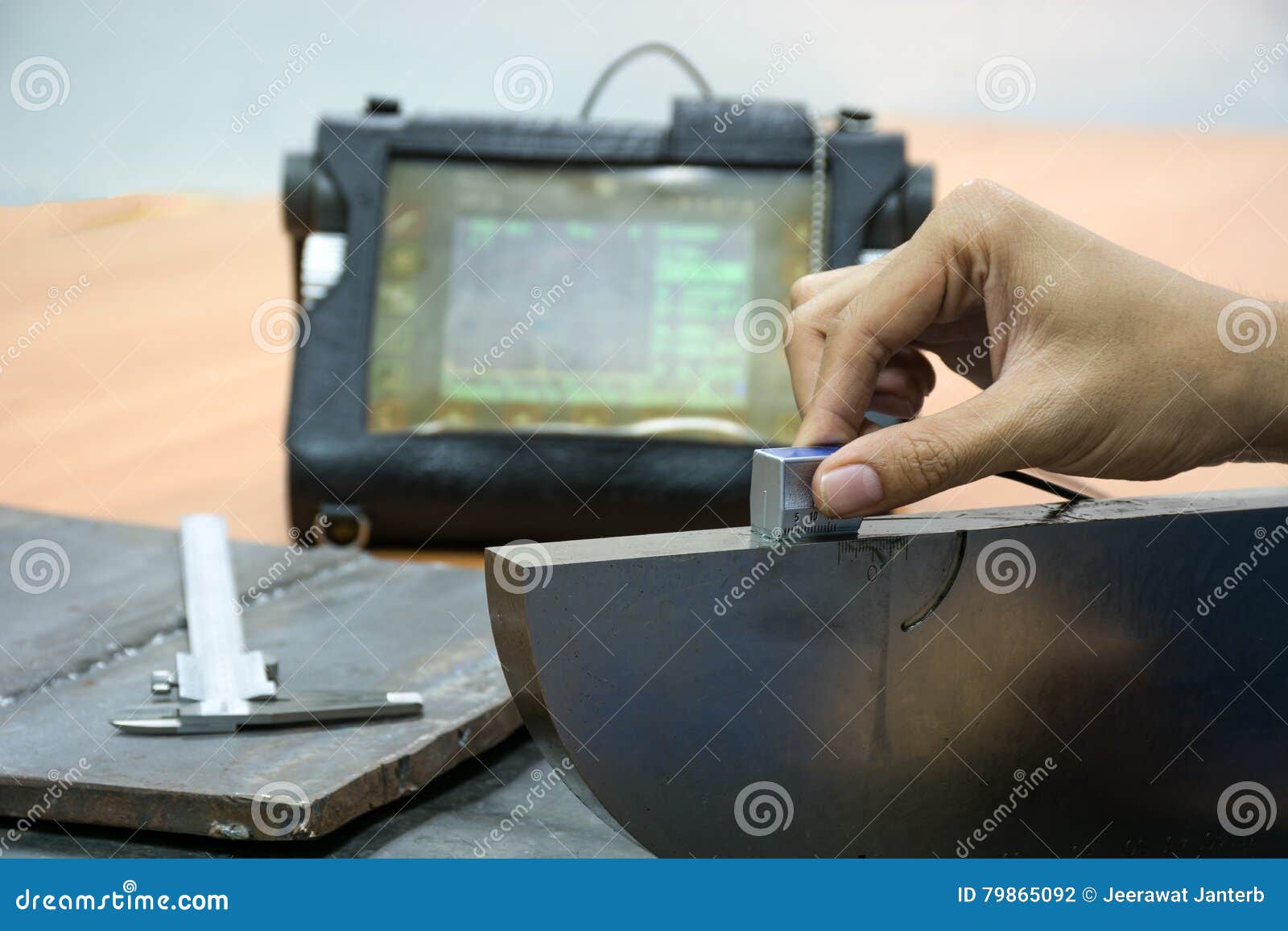How Regular Welding Inspection Madison Can Save You Time and Money
How Regular Welding Inspection Madison Can Save You Time and Money
Blog Article
Checking Out Advanced Tools and Approaches for Accurate Welding Assessment
In the realm of welding examination, the pursuit of accuracy and integrity is critical, spurring the advancement of sophisticated tools and methods. Laser scanning developments and automatic assessment systems, equipped with artificial intelligence, are redefining the landscape by minimizing human error and boosting security procedures.
Ultrasonic Evaluating Technologies
Ultrasonic screening advancements frequently stand for the center of innovations in welding evaluation modern technologies. These innovations have actually dramatically improved the ability to discover and review discontinuities within welded frameworks, making sure enhanced honesty and safety.

Furthermore, innovations in software program algorithms for information evaluation have improved the precision of issue detection and sizing. Automated ultrasonic screening systems now supply high-resolution imaging, making it possible for comprehensive evaluations of weld top quality. These systems are frequently incorporated with sophisticated visualization devices, which promote the analysis of results.
Radiographic Examination Methods
While ultrasonic testing developments have established a high criterion in non-destructive evaluation, radiographic evaluation methods proceed to play an essential function in welding inspection by using unique understandings into product stability. Radiographic screening (RT) uses using X-rays or gamma rays to permeate products, producing a radiograph that visually represents the inner structure of a weld. This imaging capability is invaluable for identifying subsurface issues such as porosity, inclusions, and cracks that may not show up via surface area examinations.
The procedure entails putting a radiation source on one side of the weld and a detector on the contrary side. Variants in material thickness and density affect the depletion of the rays, creating a contrasting picture that precisely delineates flaws. RT is specifically beneficial for checking thick sections and complex geometries where various other methods may drop brief.
Regardless of its effectiveness, radiographic inspection has to be performed with rigorous adherence to safety procedures due to the dangerous nature of ionizing radiation. The interpretation of radiographs calls for skilled workers, as the quality of the analysis straight impacts the reliability of the inspection. Consequently, continuous developments in electronic radiography are boosting picture clarity and interpretation effectiveness, strengthening RT's crucial role in guaranteeing weld top quality.
Laser Scanning Advances
Embracing laser scanning modern technology in welding inspection has actually reinvented the assessment of weld high quality and integrity. Unlike standard inspection strategies, laser scanning provides quick information purchase, considerably enhancing the effectiveness and accuracy of weld examinations.
Laser scanning advances have brought about significant enhancements in defining and spotting surface flaws such as porosity, lack of fusion, and damages. The high-resolution information makes it possible for inspectors to perform detailed evaluations, ensuring that welds fulfill rigid sector standards. This approach supports the development of digital documents, promoting long-lasting quality assurance and traceability.
Furthermore, laser this scanning technology incorporates effortlessly with software options made for automated issue discovery and evaluation. The resultant information can be quickly shared and examined, promoting collaborative decision-making procedures. As industries remain to demand greater criteria for weld quality, laser scanning continues to be at the center, supplying unrivaled accuracy and performance in welding inspection.
Automated Assessment Systems

Automated assessment systems use the benefit of consistency, getting rid of human error and subjectivity from the assessment procedure. They are designed to operate in different settings, from production floorings to remote field websites, guaranteeing thorough insurance coverage. Welding Inspection Madison. These systems can be programmed to comply with certain welding requirements and criteria, supplying thorough records and paperwork for quality control objectives
Moreover, the assimilation of cloud-based systems facilitates the storage and evaluation of huge amounts of evaluation data. This allows pattern analysis and anticipating maintenance, allowing producers to resolve potential issues before they escalate. The fostering of automated examination systems is a critical relocation in the direction of enhancing the reliability and performance of welding processes in commercial applications.

Enhancing Safety and Efficiency
A substantial facet of improving safety and effectiveness in welding inspection exists in the integration of cutting-edge technologies that streamline procedures and mitigate threats. The adoption of innovative non-destructive testing (NDT) approaches, such as ultrasonic testing, phased range ultrasonic screening (PAUT), and radiographic screening, plays a crucial duty in guaranteeing structural stability without jeopardizing the visite site security of the employees included. These methods permit detailed evaluations with minimal downtime, decreasing prospective risks associated with conventional techniques.
In addition, the execution of real-time information analytics and artificial intelligence algorithms has actually changed the method examination information is translated. By using predictive analytics, prospective flaws can be determined before they materialize into critical failures, ensuring prompt interventions and maintenance. This positive technique find out here now significantly enhances operational effectiveness and safety in welding procedures.
Additionally, remote assessment technologies, including drones and robotic spiders equipped with high-resolution video cameras, allow examiners to examine hard-to-reach areas without exposing them to unsafe problems. This not only enhances inspection accuracy yet also minimizes human risk. By leveraging these sophisticated tools and approaches, industries can achieve greater safety standards and operational performance, eventually causing more lasting and dependable welding assessment techniques.
Conclusion
The combination of innovative tools and methods in welding evaluation substantially improves problem detection and makes sure architectural integrity. These developments not just raise examination effectiveness yet additionally add to boosted safety and quality assurance in commercial welding applications.

Ultrasonic screening technologies often stand for the forefront of developments in welding inspection technologies.While ultrasonic testing innovations have established a high criterion in non-destructive examination, radiographic assessment techniques continue to play an important function in welding inspection by offering one-of-a-kind understandings into product stability.Embracing laser scanning technology in welding inspection has transformed the evaluation of weld high quality and stability. As industries continue to require greater requirements for weld quality, laser scanning stays at the center, offering unrivaled accuracy and effectiveness in welding examination.
Automated examination systems supply the benefit of consistency, eliminating human mistake and subjectivity from the evaluation procedure.
Report this page